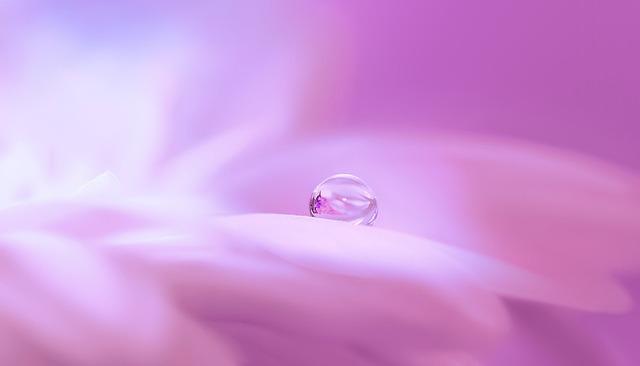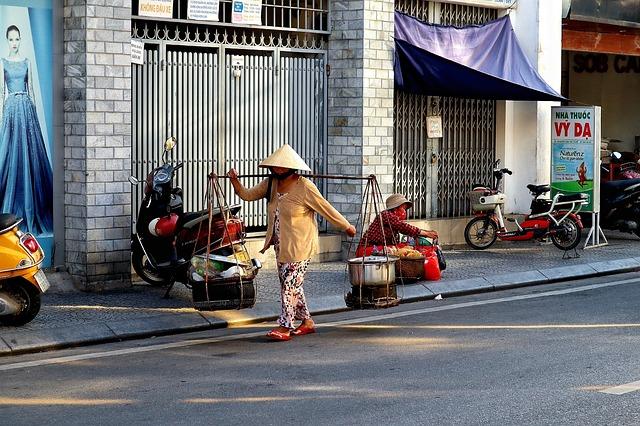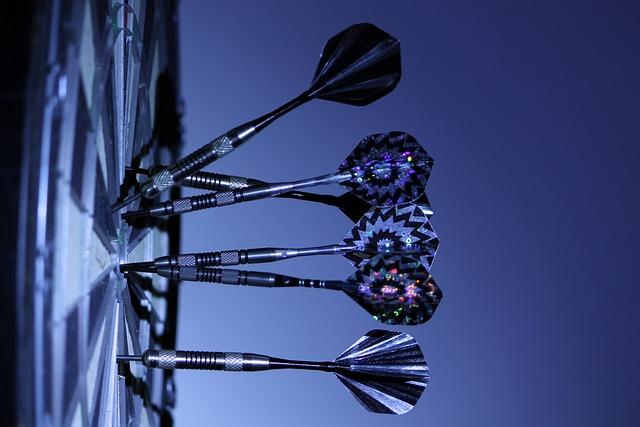In the world of fashion, where trends rise and fall with the seasons, there exists an enigmatic puzzle that even the most style-savvy among us struggle to solve: why do some outfits never seem to look right? You know the feeling—standing in front of the mirror, clad in an ensemble that should, by all accounts, dazzle but instead falls flat, leaving you questioning your sartorial choices. It’s not just you. This perplexing phenomenon transcends personal taste and wardrobe size, whispering a tantalizing mystery into the ears of fashionistas everywhere. Join us as we unravel the shocking reasons behind this style conundrum, peeling back the layers of fabric and illusion to reveal the hidden truths that can transform your wardrobe from a source of frustration into a canvas of self-expression.
Decoding the Illusion of Fit Understanding How Fabric and Cut Transform Perception
When it comes to clothing, the harmony between fabric and cut is often overlooked, yet it’s pivotal in crafting that perfect look. The fabric, with its texture, weight, and drape, acts as the silent language of your outfit, whispering subtle cues about the overall vibe. Meanwhile, the cut is the architect, sculpting the silhouette and dictating how the fabric interacts with the body’s contours. This dynamic duo can make or break an outfit, transforming a simple piece into a masterpiece or leaving it flat and unremarkable.
- Fabric Selection: Natural fibers like cotton and silk provide breathability and elegance, while synthetic materials offer durability and structure.
- Cut Precision: Tailored cuts can enhance the body’s natural shape, while looser cuts might offer comfort but risk obscuring your figure.
- Interaction: A well-cut garment in the wrong fabric can lose its intended shape, just as the perfect fabric in an ill-fitting cut can appear sloppy.
Understanding these elements can elevate your wardrobe from mundane to magnificent, allowing each piece to resonate with personal style and sophistication. It’s not just about the clothes you wear, but how they are worn and perceived.

The Color Conundrum Mastering the Art of Hue Harmony for Flawless Ensembles
In the kaleidoscope of fashion, understanding the psychology of color is crucial for assembling outfits that are both visually pleasing and expressive of your personal style. The secret lies in mastering hue harmony, a delicate balance that transforms ordinary clothing combinations into captivating ensembles. When colors clash, they can create visual tension, making outfits appear disjointed or chaotic. However, by selecting hues that complement each other, you can craft a look that is not only cohesive but also strikingly memorable.
- Understanding Color Wheel Basics: Familiarize yourself with primary, secondary, and tertiary colors. This knowledge serves as the foundation for creating harmonious palettes.
- Experiment with Analogous Colors: Choose colors that sit next to each other on the color wheel for a serene and harmonious look.
- Play with Complementary Colors: These are colors opposite each other on the wheel. When paired, they create a vibrant and energetic contrast.
- Explore Monochromatic Schemes: Use varying shades, tones, and tints of a single color to add depth and sophistication.
By leveraging these principles, you can navigate the color conundrum with confidence, ensuring your outfits never fall flat or feel off-key. It’s all about finding that perfect balance that resonates with both your personality and the occasion at hand.

Accessorize with Precision Elevate Your Outfit with Strategic Details
Ever wondered why some outfits just don’t pop, despite the effort put into them? It’s all about the details. The secret to transforming an ensemble from ordinary to extraordinary lies in the art of accessorizing with precision. Strategic accessories can enhance your look, adding depth and dimension to even the simplest outfits. Imagine a plain white shirt—by itself, it’s understated, but add a statement necklace or a chic belt, and it becomes a fashion statement.
- Proportion is Key: Choose accessories that complement your body’s proportions. A chunky necklace can overpower a petite frame, while delicate pieces might get lost on a larger silhouette.
- Color Coordination: Use accessories to introduce pops of color. A bright scarf or bold earrings can breathe life into neutral tones.
- Texture Play: Mix textures to add visual interest. Pair a smooth leather bag with a chunky knit sweater for a stylish contrast.
Remember, the magic of accessories lies in their ability to transform. So, next time you feel your outfit is lacking, think strategically and let the details do the talking.



